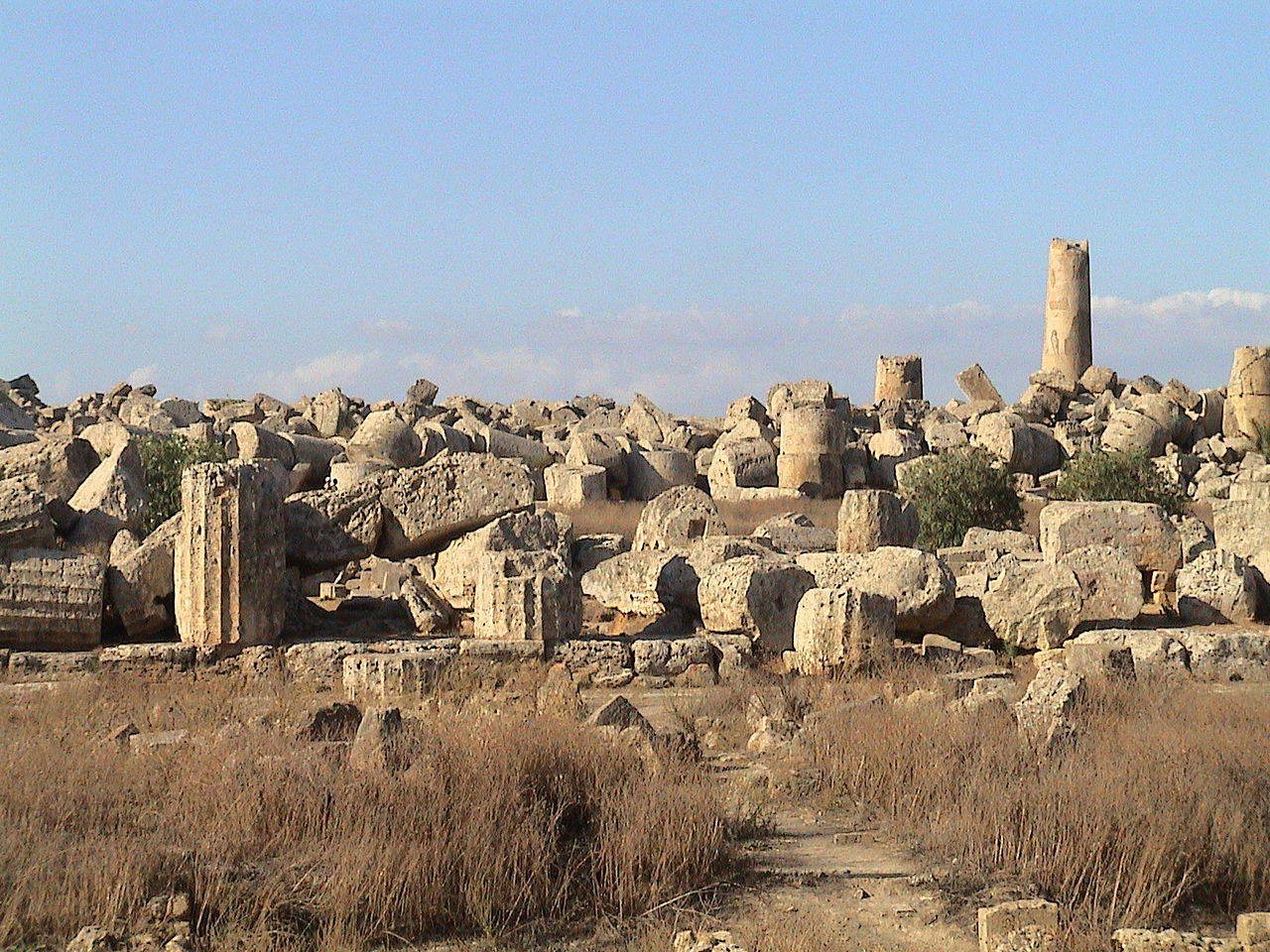One million euros from Terna for theanastylosis of Temple G in Selinunte. In fact, the company that manages the national electricity grid will contribute this amount to the co-financing of the intervention involving Temple G, one of the most impressive and fascinating of the complex. The operation, included in the programming of the Fund for Development and Cohesion 2021-2027, envisages a total expenditure of 5 million euros and is on several levels, combining archaeology, architecture and new technologies.
The main objective of the project is the anastylosis of three columns of Temple G, one of the largest in antiquity, built in the fifth century B.C. and never fully completed. Anastylosis, or the reassembly and elevation of collapsed original architectural elements, is expected to restore some of the monument’s original grandeur, offering visitors a more authentic perception of the site’s grandeur. It is, however, a project that divides the scientific community, but on which the Sicilian Region evidently intends to go ahead full sail.

Alongside this structural intervention is the restoration of other architectural elements and the construction of a suspended walkway inside the building. The idea is to allow visitors not only to observe the ruins from afar, but to walk through them, grasping from unprecedented perspectives the majesty of the facility.
A significant role will also be played by digital technologies. Indeed, thanks to a 3D reconstruction and the use of augmented virtual reality, it will be possible to admire Temple G in its entirety. The integration of physical restoration and digital tools will offer a double level of enjoyment: on the one hand the direct emotion of contact with the original remains, and on the other hand the possibility of “seeing” what the structure must have looked like in its original state. A combination that, in the promoters’ intentions, will greatly enrich the visitor’s experience.
“This is an extraordinary opportunity for the Selinunte Archaeological Park,” said the councilor for cultural heritage and Sicilian identity, Francesco Paolo Scarpinato. “Thanks to this intervention the fruition of the site will certainly be enhanced, both qualitatively and quantitatively, and at the same time its cultural and tourist enhancement will be strengthened.”
The agreement signed between the Sicilian Region and Terna comes within the framework of another major infrastructure project: the “Italy-Tunisia Interconnection.” This involves the construction of a very high voltage direct current submarine electrical link that will unite the Italian and Tunisian grids. The cable will start from the electrical station in Partanna, in the province of Trapani, and will go all the way to a new station planned on the Capo Bon peninsula in Tunisia. The funding earmarked for Selinunte is thus part of the environmental compensation and rebalancing measures related to this energy intervention.
 |
| Selinunte, Terna funds anastylosis of Temple G with 1 million euros |
Warning: the translation into English of the original Italian article was created using automatic tools. We undertake to review all articles, but we do not guarantee the total absence of inaccuracies in the translation due to the program. You can find the original by clicking on the ITA button. If you find any mistake,please contact us.